
Developer: Black Shell Games
Publisher: Black Shell Media
Platforms: PC
Tested on: PC
Overture – Review
If you like games that bring up a nostalgic feeling, you’ll feel right at home with Overture. Overture is an old-school action-adventure roguelike from the makers of the acclaimed SanctuaryRPG: Black Edition game. It features fast-paced combat, loads of monsters and a lot of shiny gold!
Story
Overture doesn’t try to deliver any story at all, which is kind of a pity. The game throws you in level 1-1 from the start and doesn’t give you any heads up as to where you’ve gotten yourself into. You are rescuing some NPC’s throughout the levels but there’s never really a clue as to why they are there and how they got there. However, Overture is a very small game and it’s extremely good at what it does, but it’s definitely not story.
Graphics
The graphics in Overture will instantly remind you of those good old old-school action adventure roguelikes which you’ve spent a lot of time playing. The graphics are all made with pixel art, so that’s probably why the game is only 25 MB(!!) big. There are a lot of different sprites used and they all look pretty cool and unique (except for 1 sprite that gets re-used). Apart from looking awesome, the game also runs awesome (surprise surprise!). It has steady 60 fps without any drops even when your screen is filled with projectiles, monsters and gold.
Sound
Overture’s best feature is without a doubt its music. The game has about 11 awesome chiptune tracks that are all equally amazing. They’re fast paced, energetic, awesome and fit together perfectly with the game. The sound effects are very nice as well and make a great combination together with the music. With the music and sound effects combined, Overture is one hell of a great sounding game!
Gameplay
Last but not least, there’s the gameplay! Overture is vastly inspired by Diablo, Realm of The Mad God, Zelda and The Binding of Isaac and it’s equally awesome. The controls are very basic, you use WASD and your mouse, nothing more to it! However, there’s no option to remap keys so people who use different layouts than QWERTY (like me) might find it a little difficult to play without changing the input type in the control panel.
Obviously, WASD is used to move your character around and your mouse is used to aim and attack. Your left click can be held down and is your main attack, the right click is your special move, which is usually an AoE attack. With the controls explained, let’s explain the goal of the game: beat 10 levels. Easy right? No.
The game has 4 big classes, which each have another 6 sub-classes for you to play. You can play as a warrior, rogue, mage or shaman. Each of these classes have their own unique sub-classes but they’re generally the same (except for the special attack). The warriors usually have melee attacks, the rogues have a mix of melee and ranged beam attacks, the mages usually have homing magic and the shamans have short-range non-homing magic.
When playing as warriors, you have the option between warrior, knight, soldier, peltast, barbarian and brute. Each of them are generally the same but only their attack range and speed is different and as said before, their special moves are different as well, but I won’t go in detail on each one. Then there’s the rogues, here you can play as a ranger, rogue, duelist, thief, trickster or bandit. Again, most of them are quite similar in main attack and different in special. When choosing mages, you can choose of wizard, witch, invoker, warlock, necromancer and arsonist. Finally, when choosing to play as a shaman, you can pick the cleric, priestess, paladin, monk, justicar and the druid. As you first start up the game, you’ll notice that you only have 4 classes unlocked: the warrior, ranger, wizard and cleric. You can then pick one to start off your adventures and unlock the rest over time.
Now we got that out of the way, let’s talk about actually playing the game. The levels are simply a big square that has randomly generated content. There’s traps scattered all over the floors which spawn monsters when you run on top of them and tombstones which also spawn monsters when broken. Most of the monsters are little trash mobs, but there’s also the occasional big trash monster which you can identify by it having a name. You can also find weapons, armor, shields, rings and perks for you to equip, giving you a stat boost in some way. Also, you can find gold, looooots of gold, which can be used to gamble in between floors or upgrade your characters from the start menu, this gives them more starting attack power with each level.
Each level can be finished by killing the mini boss, which is just a giant blob that’s sitting on top of some stairs. When you then go up the stairs, you’ll find yourself inside a boss room. There are about 5 different bosses which each have unique attacks and patterns, but they’re generally easy to kill. After you’ve killed the boss, you can choose to upgrade your health or mana, and you can also pay gold to open crates which contain random loot.
Every floor gets increasingly difficult and it’s extremely hard to get to a high floor without a lot of grinding, so get ready to die a lot!
Conclusion
Overture is one of those gems that you come across once in a while. While it’s not a game that you’ll likely be playing for over 100 hours, it’s a very nice time killer. It has fast paced gameplay, screens filled with monsters and gold and an awesome soundtrack. Overture is definitely a game worth picking up if you’re a fan of games like The Binding Of Isaac.


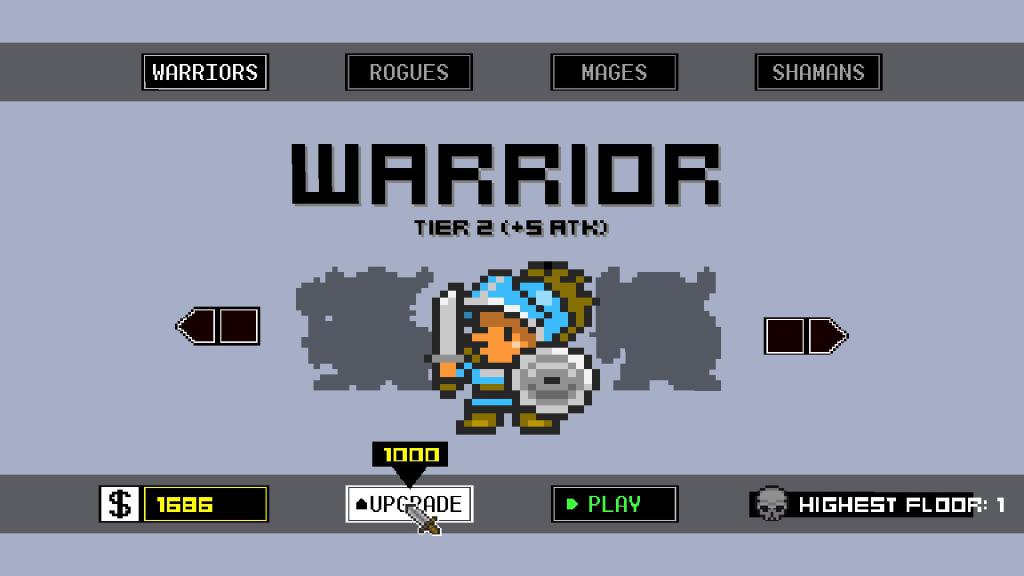
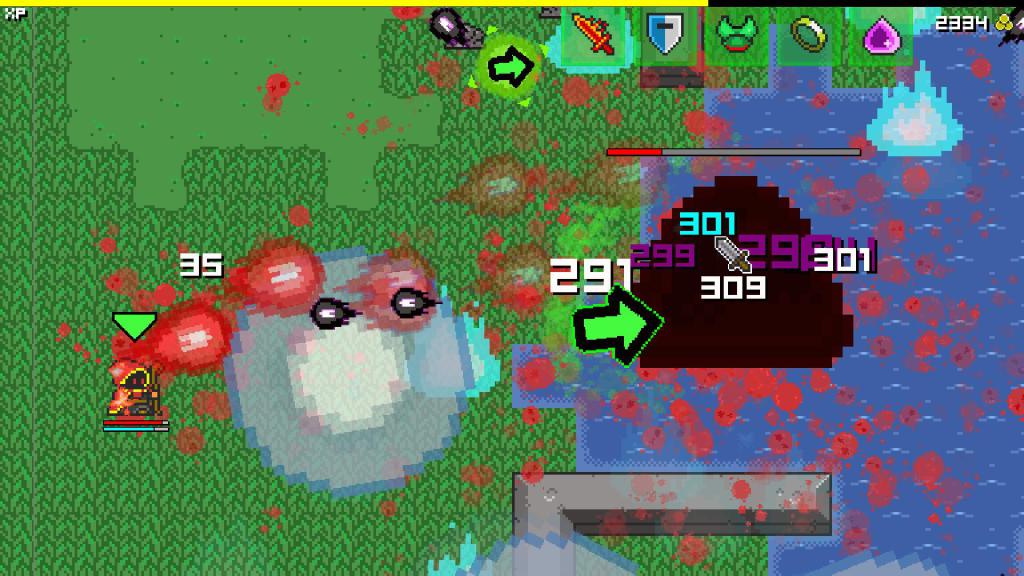

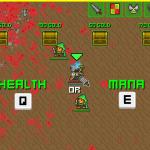
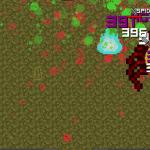

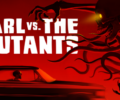
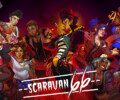
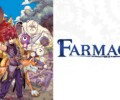
No Comments